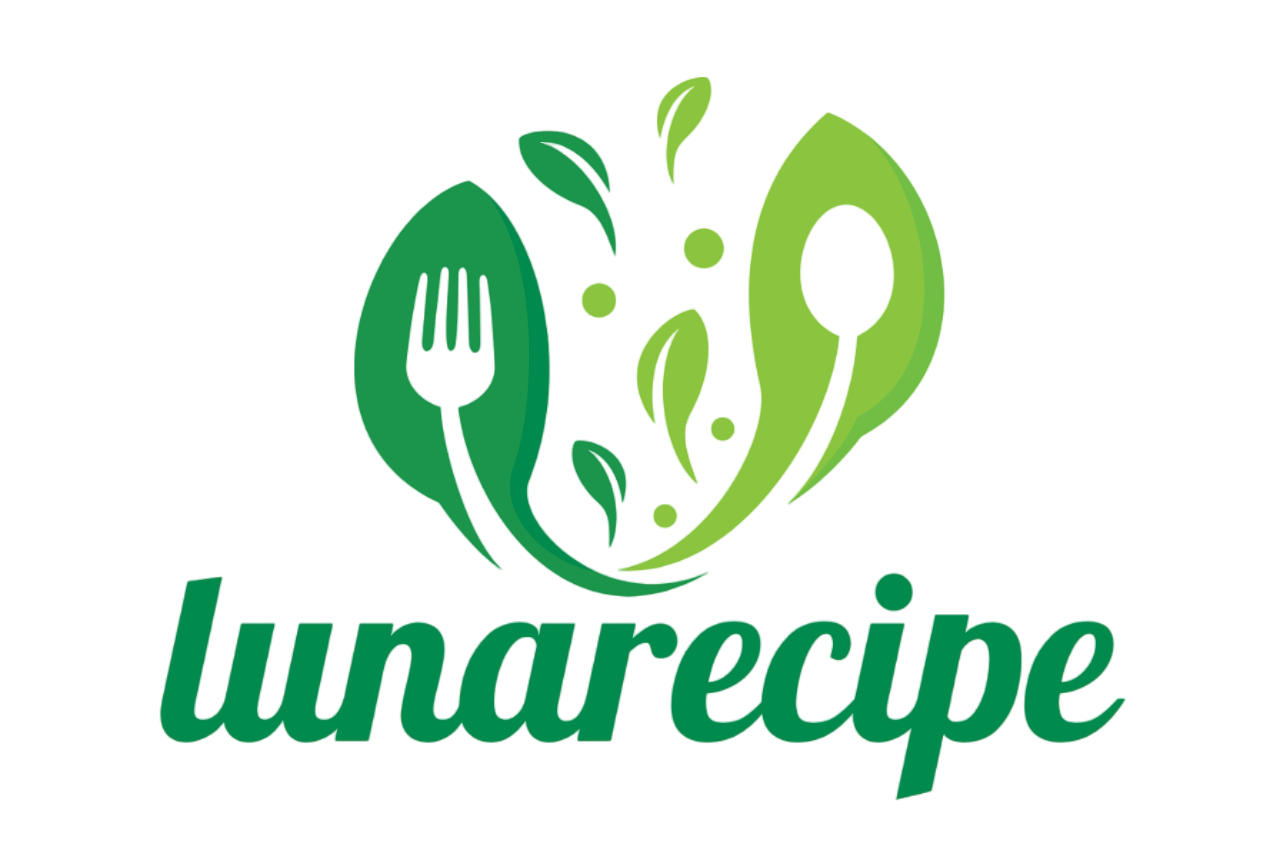The combination of garlic, butter, and cheese creates a mouthwatering, crispy, and flavorful bread that can be served as a side dish, appetizer, or snack. With its rich, savory taste and golden-brown, cheesy exterior, this garlic cheese bread has quickly become a favorite in many households. Whether you’re serving it alongside a fresh salad, a comforting bowl of soup, or a delicious pasta dish, this recipe is sure to impress anyone at the table. The simplicity of the ingredients and the ease of preparation make it a go-to recipe when you’re craving a satisfying treat.
Full Recipe:
-
1 loaf of French bread
-
1/2 cup unsalted butter, softened
-
3 cloves garlic, minced
-
1 teaspoon dried parsley
-
1/2 teaspoon garlic powder
-
1/4 teaspoon salt
-
1/2 cup shredded mozzarella cheese
-
1/4 cup grated Parmesan cheese
Directions:
-
Preheat oven to 375°F (190°C).
-
Slice the French bread loaf in half horizontally.
-
In a bowl, combine the softened butter, minced garlic, dried parsley, garlic powder, and salt. Mix well.
-
Spread the garlic butter mixture generously on the cut side of both halves of the bread.
-
Sprinkle the mozzarella and Parmesan cheese evenly over the buttered sides of the bread.
-
Place the bread halves on a baking sheet and bake in the preheated oven for 10-12 minutes, or until the cheese is melted and the edges of the bread are golden brown.
-
Slice and serve warm.
Prep Time: 5 minutes | Cooking Time: 12 minutes | Total Time: 17 minutes
Kcal: 300 kcal | Servings: 4 servings
Recipe Overview
Garlic cheese bread is the epitome of comfort food that’s both simple to make and irresistibly delicious. With its golden, crispy exterior and gooey, cheesy interior, this bread has earned a spot on many dinner tables as a side dish or appetizer. It combines two all-time favorite ingredients—garlic and cheese—into a mouthwatering treat that’s sure to be a crowd-pleaser at any meal. Whether served alongside a fresh salad, pasta, or soup, garlic cheese bread brings an extra layer of richness to any dish. The balance of savory garlic butter, melted mozzarella, and parmesan creates a flavor explosion that will leave you craving more.
History and Origin
Garlic bread, in various forms, has been a staple in many cultures around the world. Its roots can be traced back to ancient civilizations, where bread was a central part of the diet. However, the modern version of garlic bread as we know it today likely evolved from Italian cuisine. In Italy, a dish called “crostini” was made by rubbing garlic on toasted bread slices. These simple pieces of bread were seasoned with olive oil, salt, and sometimes cheese, making them a perfect appetizer or accompaniment to other dishes.
The fusion of garlic and bread spread across Europe, but it wasn’t until the 20th century in the United States that garlic bread truly became a beloved side dish. It was in Italian-American restaurants that the garlic butter-based recipe with a generous sprinkle of mozzarella and parmesan cheese became popular, especially alongside pasta dishes like spaghetti.
Though it is often associated with Italian cuisine, garlic bread has evolved into a versatile and universal dish. It’s now a common feature in global food culture, with various countries putting their own twist on the classic. Garlic cheese bread, specifically, is a more recent innovation, where cheese is added to the garlic butter base, creating a richer and creamier version that appeals to even the most discerning cheese lovers.
Variations and Adaptations
While the traditional garlic bread recipe consists of bread, garlic, butter, and perhaps a bit of salt, the addition of cheese has led to numerous adaptations and regional variations. In fact, garlic cheese bread has become so popular that it now has many different renditions, each with its own spin on the basic ingredients.
In the United States, garlic cheese bread is often made using French bread or Italian baguettes, with a hearty amount of mozzarella cheese melted on top. This version is typically baked until golden and crispy, giving it a satisfying crunch.
In Mediterranean countries, the bread used might be more rustic, such as a thick-crusted ciabatta or focaccia. The toppings can vary too, with some recipes calling for herbs like basil, thyme, or oregano to be mixed into the garlic butter, giving the dish a fresher, more aromatic flavor. You might also see feta or other local cheeses swapped for mozzarella to bring a unique twist to the dish.
In France, you might find garlic bread served as an accompaniment to a traditional French onion soup, or in places like Greece, garlic bread can be seasoned with olive oil and oregano, offering a Mediterranean-inspired version that highlights local ingredients.
For those seeking a healthier option, garlic cheese bread can also be made with whole grain bread or gluten-free bread. Some recipes even call for using low-fat cheese to cut down on calories without sacrificing too much of the flavor. Vegetarian variations often include adding sautéed vegetables like spinach or mushrooms on top of the cheese before baking, providing an extra layer of taste and texture.
Additionally, for a more decadent version, some cooks opt to add additional cheeses such as cheddar or provolone for an even cheesier experience, creating a gooey, melty layer of cheese that pulls away with every bite.
Nutritional Information
Garlic cheese bread, while absolutely delicious, is certainly a treat best enjoyed in moderation. Depending on the specific ingredients used, the nutritional profile can vary, but it is typically high in fat and calories due to the butter and cheese.
Calories: A standard serving of garlic cheese bread (1 slice, approximately 1/8 of a loaf) contains roughly 200-300 calories, depending on the thickness of the bread and the amount of cheese used. This can be higher or lower based on whether you use low-fat cheese or cut back on the butter.
Fat: A generous amount of butter and cheese makes garlic cheese bread relatively high in fat. A typical slice may contain between 12-20 grams of fat, with around 7-10 grams of that being saturated fat. Choosing to use lower-fat butter or cheese can help reduce this, though it will slightly alter the flavor and texture.
Carbohydrates: The bread itself contributes the majority of the carbohydrate content. A slice of garlic cheese bread usually contains 20-30 grams of carbs, with a good portion coming from simple sugars in the bread. For a healthier alternative, whole grain or sourdough bread can be used to increase fiber content.
Protein: The cheese provides a small but significant amount of protein in garlic cheese bread, usually around 8-10 grams per slice. This makes it a somewhat satisfying side dish, though not a substantial source of protein on its own.
Micronutrients: Garlic is rich in antioxidants and has been associated with a number of health benefits, including supporting heart health. The cheese provides calcium and vitamin D, which are important for bone health. If you’re using whole grain bread, you’ll also benefit from additional fiber, which helps with digestion.
Serving Suggestions and Pairings
Garlic cheese bread is incredibly versatile and can be paired with a wide variety of dishes. Here are some of the best ways to serve it:
Advertisement
-
With Pasta: A classic pairing, especially with tomato-based pasta dishes like spaghetti marinara or penne arrabbiata. The richness of the garlic cheese bread complements the acidity of the tomato sauce beautifully.
-
With Soup: Garlic cheese bread is the perfect accompaniment to hearty soups, such as French onion soup, tomato basil soup, or even a creamy potato leek soup. Its crispy texture and cheesy topping add a satisfying contrast to the smoothness of the soup.
-
As an Appetizer: Serve garlic cheese bread as a tasty starter before a meal. It works especially well with salads, especially Mediterranean or Caesar salads.
-
With Grilled Meats: Garlic cheese bread is a great side for grilled meats, like steak, chicken, or lamb, where the rich flavor of the bread balances out the savory flavors of the meat.
-
With Wine: Pair garlic cheese bread with a light white wine such as Chardonnay or Sauvignon Blanc. The wine’s acidity cuts through the richness of the bread, creating a balanced and enjoyable pairing.
Tips and Tricks for Success
-
Use Fresh Garlic: Fresh garlic will give the bread a bolder, more aromatic flavor compared to garlic powder. Be sure to finely mince or grate the garlic to avoid large chunks that might burn during baking.
-
Don’t Overload on Butter: While the garlic butter is crucial for flavor, using too much can make the bread soggy. Apply a thin, even layer of butter to each half of the bread.
-
Broil for Extra Crispiness: After baking, pop the bread under the broiler for a minute or two to give the top a beautiful golden-brown color and extra crispiness.
-
Experiment with Cheeses: Don’t feel restricted to mozzarella. Mixing in cheddar, provolone, or even goat cheese can add depth and variety to the flavor.
Potential Health Benefits
While garlic cheese bread is undeniably indulgent, it does come with a few health benefits thanks to its core ingredients. Garlic, known for its immune-boosting properties, is often linked to cardiovascular health and reducing inflammation. The cheese, while calorie-dense, provides calcium and protein, important nutrients for strong bones and muscle health. Additionally, the use of olive oil or butter can provide healthy fats if used in moderation.
However, due to the high-calorie nature of the dish, it’s best to enjoy garlic cheese bread as an occasional treat rather than a regular part of your diet. Opting for whole grain bread and using a lighter hand with the butter and cheese can help make this dish a bit healthier without sacrificing flavor.
Conclusion
Garlic cheese bread is a timeless favorite, blending savory, cheesy goodness with the satisfying crunch of freshly baked bread. It’s perfect for any occasion, whether you’re enjoying it as an appetizer, side dish, or snack. With its easy preparation and customizable variations, it’s a recipe that can be adapted to suit any taste. Try it next time you’re craving something rich, flavorful, and comforting—you won’t regret it!






